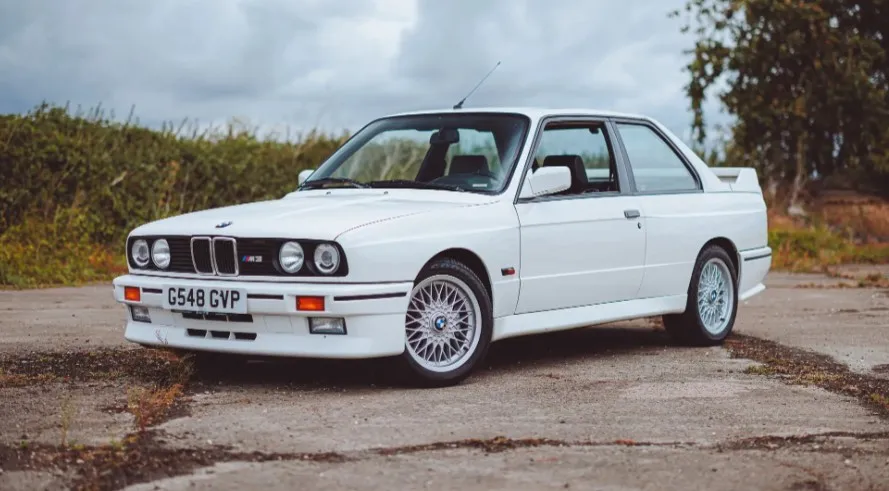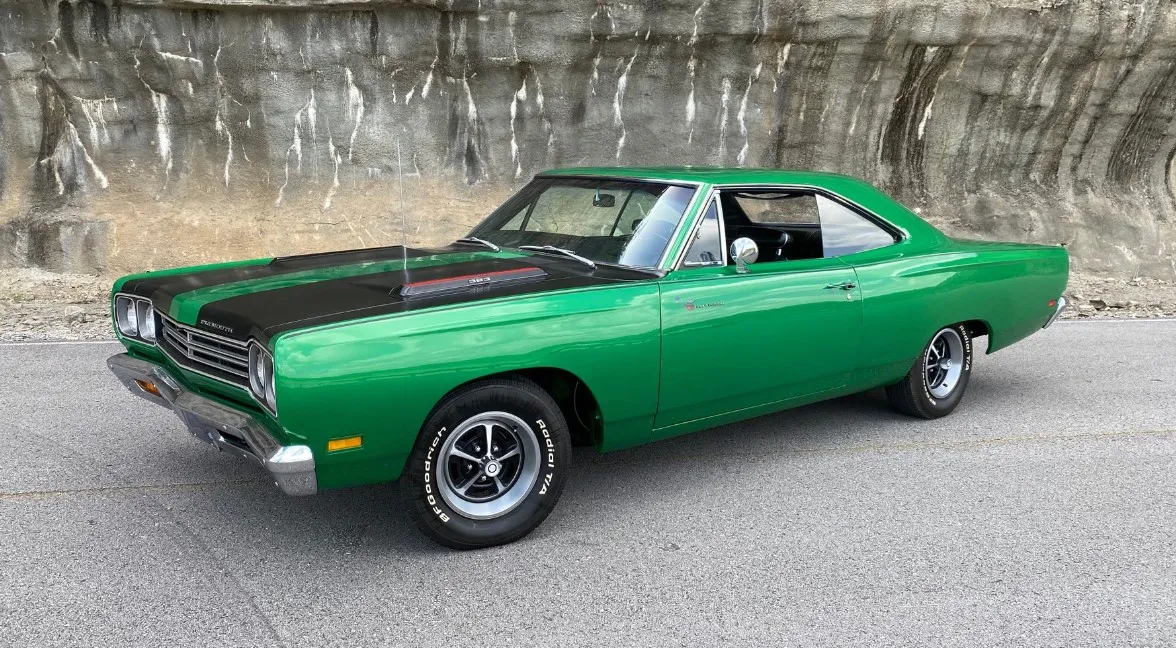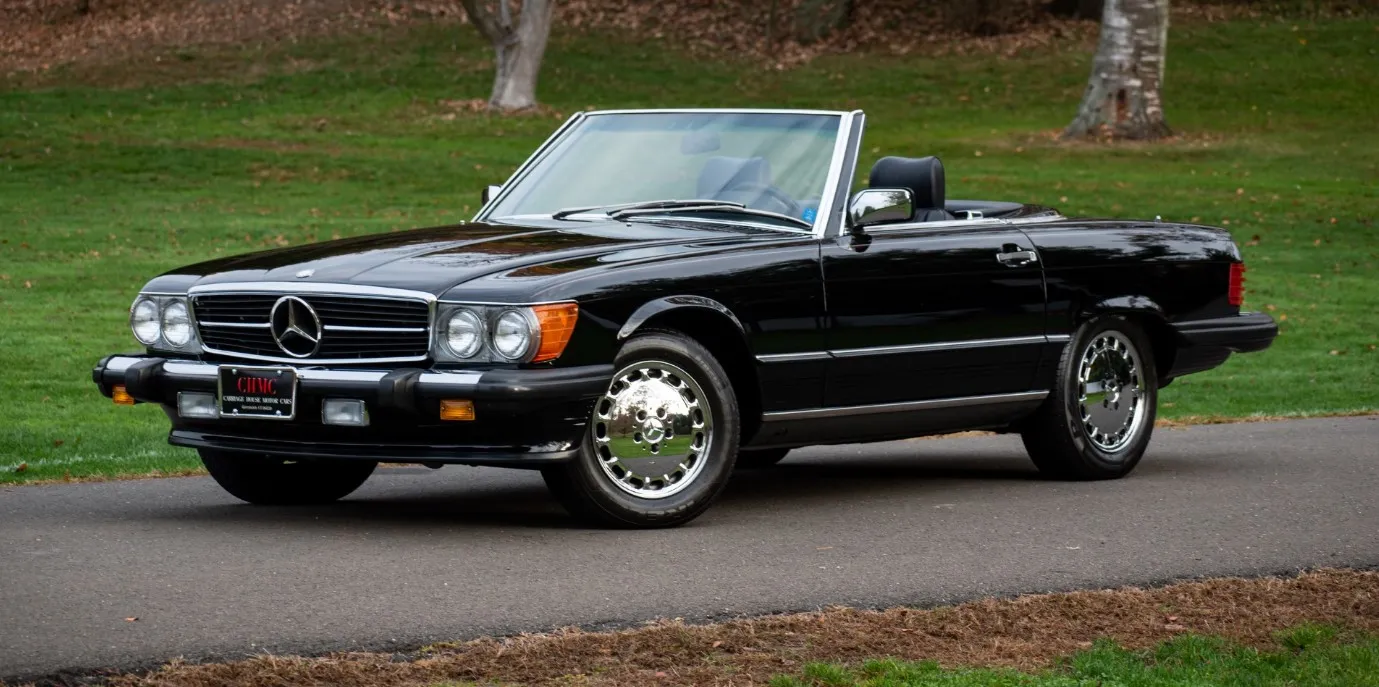The 1990 BMW M3 is more than just a car; it’s a cultural icon that has left an indelible mark on the automotive world. As the final model year of the E30 M3, the 1990 version represents the culmination of BMW's efforts to create a vehicle that was not only a joy to drive on the road but also a formidable competitor on the track. Today, the 1990 BMW M3 is revered as a classic car that continues to captivate enthusiasts and collectors alike.
The Genesis of the E30 M3: A Racing Legend

The BMW M3 was born out of a desire to dominate touring car racing in the 1980s. BMW's Motorsport division, led by the legendary engineer Paul Rosche, set out to create a car that could compete in the highly competitive Group A racing category. The result was the E30 M3, which debuted in 1986 and quickly established itself as a force to be reckoned with on the racetrack.

The 1990 BMW M3, as the final iteration of the E30 generation, benefited from several years of refinement and development. By this time, BMW had perfected the formula, creating a car that was not only an exceptional performer on the track but also a pleasure to drive on the road. This duality is one of the reasons why the 1990 BMW M3 is considered a classic car today.
Design: Form Follows Function

The design of the 1990 BMW M3 is a perfect example of form following function. Every aspect of the car's exterior was designed with performance in mind, resulting in a purposeful and aggressive appearance that still turns heads today.

One of the most distinctive features of the M3's design is its wide fender flares, which were necessary to accommodate the wider track and larger wheels required for racing. These flares, combined with the car's boxy, angular lines, give the M3 a muscular and athletic stance that sets it apart from the standard E30 3 Series.

The front of the car features a deep front spoiler with integrated fog lights, while the rear is dominated by a prominent trunk-mounted spoiler. Both of these elements were designed to improve aerodynamics and downforce, enhancing the car's stability at high speeds. The M3's lightweight construction, which included aluminum panels and thinner glass, further contributed to its performance-oriented design.
The Heart of the Beast: The S14 Engine

At the heart of the 1990 BMW M3 lies the legendary S14 engine, a 2.3-liter inline-four that was specifically developed for the M3. This engine is a masterpiece of engineering, combining high-revving performance with exceptional durability.
The S14 engine produces 192 horsepower at 6,750 RPM and 170 lb-ft of torque at 4,750 RPM. While these figures may not seem impressive by today's standards, they were more than enough to propel the lightweight M3 to 60 mph in just 6.7 seconds. The engine's power delivery is linear and responsive, making it a joy to rev out to its 7,200 RPM redline.

One of the defining characteristics of the S14 engine is its high-revving nature, which gives the M3 its distinctive and exhilarating driving experience. The engine's lightweight construction, including its aluminum block and head, allowed it to rev freely and quickly, making the M3 feel alive and responsive at all times.

The S14 engine is mated to a close-ratio five-speed manual transmission, which provides precise and satisfying shifts. The combination of the high-revving engine and the slick-shifting gearbox is one of the reasons why the 1990 BMW M3 is considered one of the best-driving classic cars of all time.
Handling: The Ultimate Driving Machine

The 1990 BMW M3 lives up to BMW's reputation as the "Ultimate Driving Machine." Its handling is a perfect balance of precision, agility, and feedback, making it one of the most rewarding cars to drive, whether on a twisty mountain road or a racetrack.
The M3's suspension was heavily revised compared to the standard E30 3 Series, with stiffer springs, upgraded dampers, and larger anti-roll bars. These modifications gave the M3 a firm and controlled ride, with minimal body roll and exceptional grip. The car's steering is direct and communicative, providing the driver with a clear sense of what the front wheels are doing at all times.

One of the standout features of the M3's handling is its near-perfect 50:50 weight distribution. This balance, combined with the car's rear-wheel-drive layout, gives the M3 its signature handling characteristics, including sharp turn-in, excellent mid-corner stability, and the ability to rotate the car on the throttle.
The M3's braking system is equally impressive, with large ventilated discs at all four corners providing strong and consistent stopping power. The brakes were designed to withstand the rigors of racing, and they perform admirably in both street and track settings.
The Driving Experience: A True Driver's Car

Driving the 1990 BMW M3 is an experience that is difficult to put into words. It is a car that demands to be driven, rewarding the driver with a level of engagement and feedback that is rare in modern vehicles.
The first thing that strikes you when driving the M3 is the immediacy of its responses. The throttle is sharp and responsive, the steering is quick and precise, and the chassis feels tight and connected. The M3's compact size and lightweight construction make it incredibly agile, allowing it to change direction with ease and maintain its composure even at the limit.

The S14 engine's high-revving nature encourages you to push it to the redline, where it delivers a thrilling crescendo of power and noise. The engine's induction roar, combined with the mechanical symphony of the drivetrain, creates a soundtrack that is pure driving pleasure.
The driving position in the M3 is excellent, with supportive sport seats that keep you firmly in place during spirited driving. The pedals are well-placed for heel-and-toe downshifting, and the gear lever falls easily to hand, making every shift a joy.

Whether you're carving through a series of tight corners or cruising on the highway, the 1990 BMW M3 feels alive and connected to the road. It is a car that rewards skill and precision, making every drive an opportunity to experience the joy of driving.
Collectibility: A Classic Car for the Ages

The 1990 BMW M3 has earned its place as one of the most desirable classic cars in the world. Its combination of racing pedigree, exceptional driving dynamics, and timeless design has made it a favorite among collectors and enthusiasts alike.
In recent years, the value of the E30 M3 has skyrocketed, with well-preserved examples commanding high prices at auctions and private sales. This appreciation in value is a testament to the car's enduring appeal and its status as a true classic. For collectors, the 1990 BMW M3 represents not just a car, but a piece of automotive history that continues to captivate and inspire.

The rarity of the 1990 model, being one of the final years of production, adds to its exclusivity and desirability. The fact that many of these cars were used as intended, on the road and track, means that finding a low-mileage, original example can be a challenge, further driving up their value.
The 1990 BMW M3—A Timeless Classic Car

The 1990 BMW M3 is a car that has left an indelible mark on the automotive world. As the final iteration of the E30 generation, it represents the pinnacle of BMW's Motorsport division's efforts to create a car that could dominate on the track while still being a joy to drive on the road.
Today, the 1990 BMW M3 is revered as a classic car that continues to captivate enthusiasts and collectors alike. Its combination of timeless design, exceptional performance, and engaging driving experience make it a standout in the world of classic cars. Whether you're a seasoned collector or a passionate enthusiast, the 1990 BMW M3 is a car that embodies the very essence of what makes a classic car truly special.



